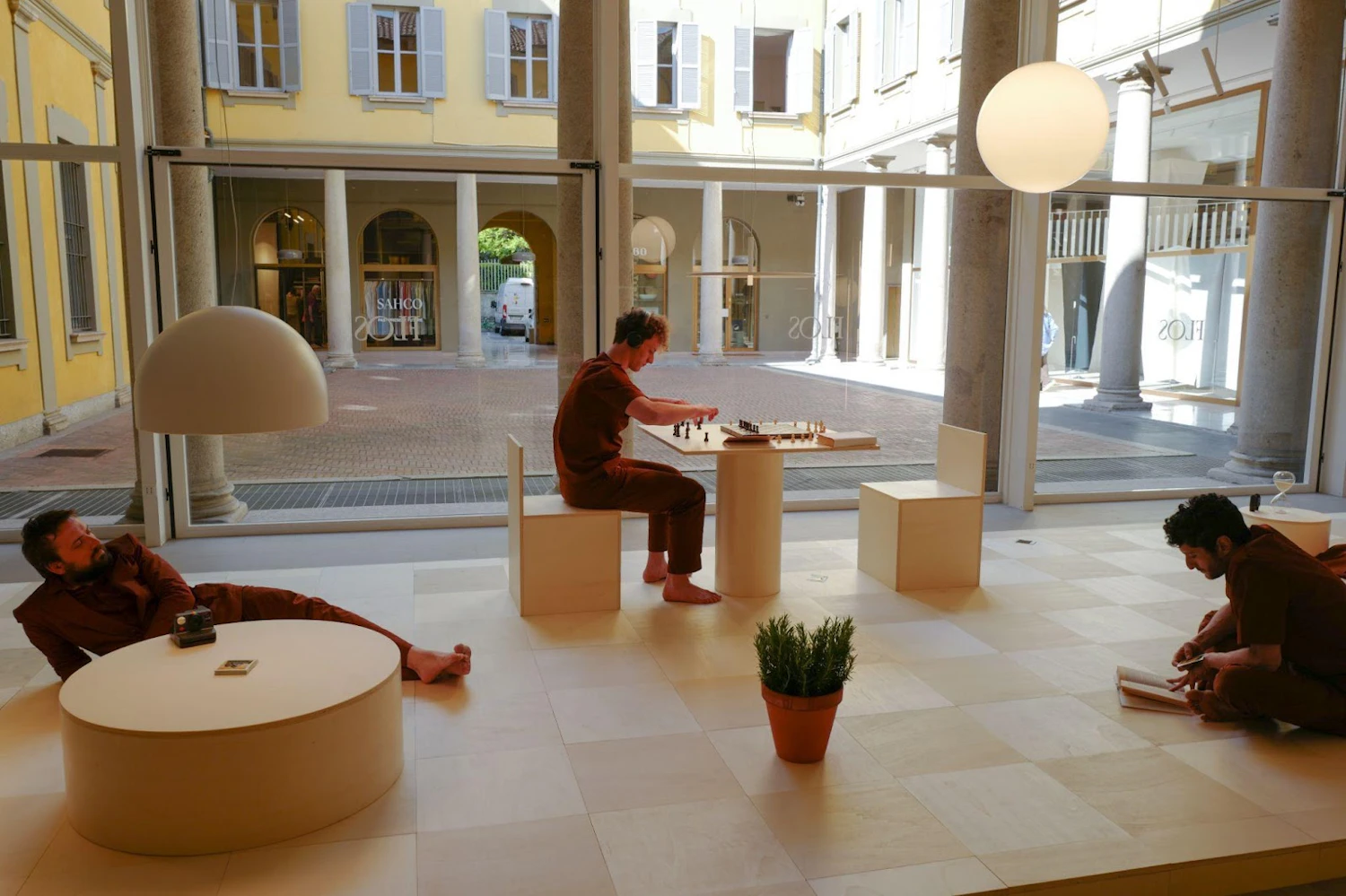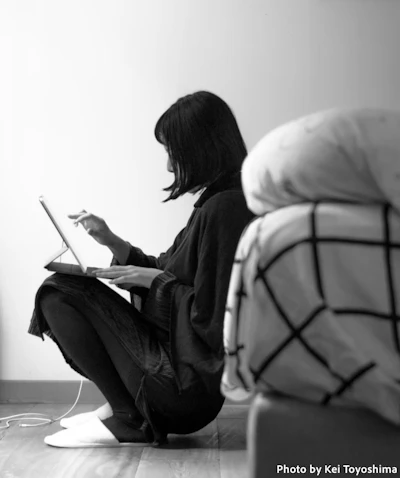Serial: Auxiliary Lines for Things & People #08: Milan Design Week 2023


After graduating from Keio University, Faculty of Environmental Information, I worked at a manufacturer before becoming an assistant to designer Shunji Yamanaka from 2012 to 2016. Following that, I stayed in Scotland for a year and am currently working as a freelancer.
While exploring expressions to convey what needs to be communicated without hesitation, I engage in writing for media such as "Nikkei Design," exhibition composition, and copywriting.
Notable works include the exhibition composition for the 70th Anniversary Display of the University of Tokyo Institute of Industrial Science "POTENTIALITIES: Exhibition For A Possible Future" (National Art Center, 2018) and text writing for "Insects: Models for Design" (21_21 DESIGN SIGHT, 2019).
Instagram / Web
I could only see the festival for about three days due to personal circumstances, but it felt like I reestablished my connection with global design at this grand design event after a long time.

This article is for members only.
Please register to read the rest of the article.
- Read members-only articles
and use text-to-speech. - Unlimited article favourites
and browsing history. - Attend members-only events.
- Get the latest information
with our email newsletter.
RELATED ARTICLES









.jpg?w=400&fm=webp)

.jpeg?w=400&fm=webp)






.png?w=400&fm=webp)

